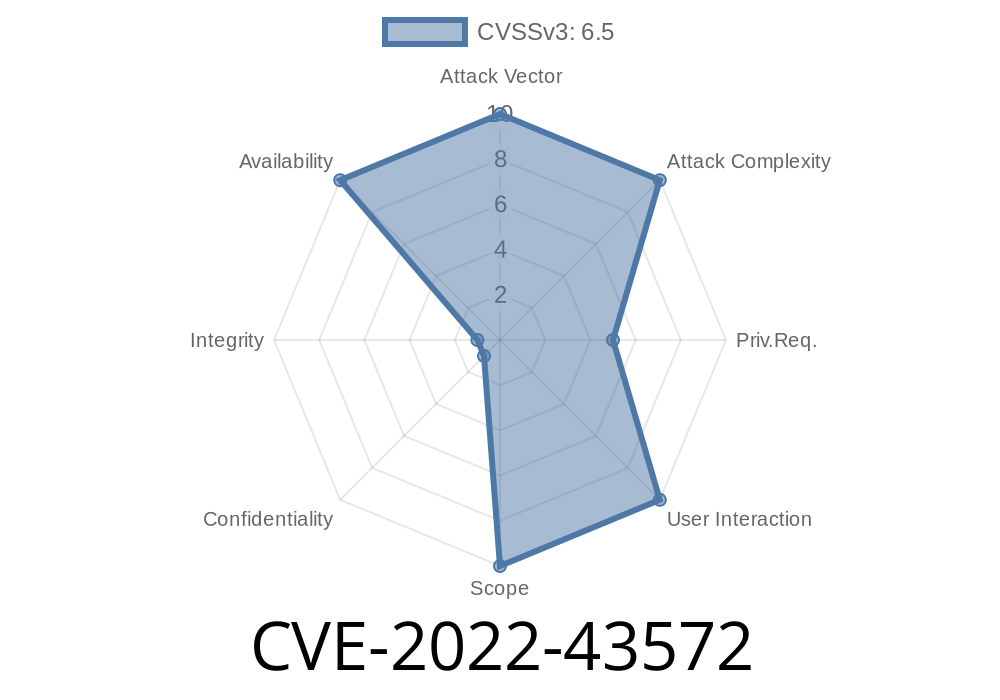A crucial security vulnerability (CVE-2022-43572) has been recently identified in several Splunk Enterprise versions, specifically those below 8.2.9, 8.1.12, and 9..2. The vulnerability emerges when a malformed file is sent via the Splunk-to-Splunk (S2S) or HTTP Event Collector (HEC) protocols to an indexer, resulting in a blockage or denial-of-service (DoS) attack that prevents further indexing. In this post, we will be discussing the exploit details, sharing relevant code snippets, and presenting links to original references.
Exploit Details
The vulnerability is triggered by sending a malformed file to a targeted Splunk indexer using the S2S or HEC protocols. When the indexer processes the malformed file, it encounters an issue that prevents the data pipeline from properly working, eventually leading to service disruption and making the indexer unavailable.
The exploit can be carried out by an attacker with access to the targeted Splunk infrastructure and has the ability to send arbitrary data via S2S or HEC protocols. To exploit the vulnerability, the attacker needs to create a malformed file and send it to the targeted indexer.
Code Snippet
Here's a simple Python script that utilizes the HEC protocol to send a malformed file to a vulnerable Spl
Timeline
Published on: 11/04/2022 23:15:00 UTC
Last modified on: 11/08/2022 19:43:00 UTC
